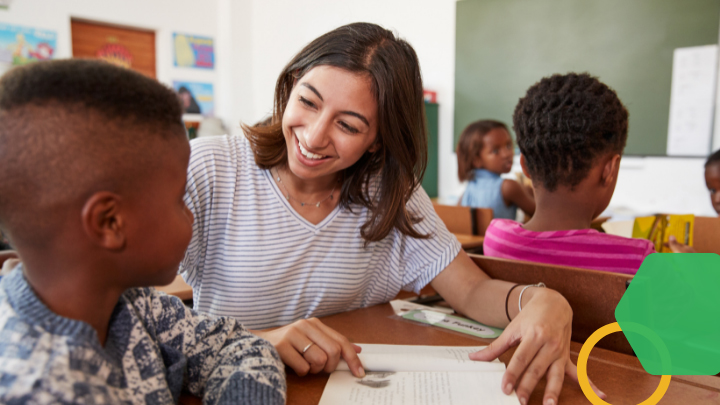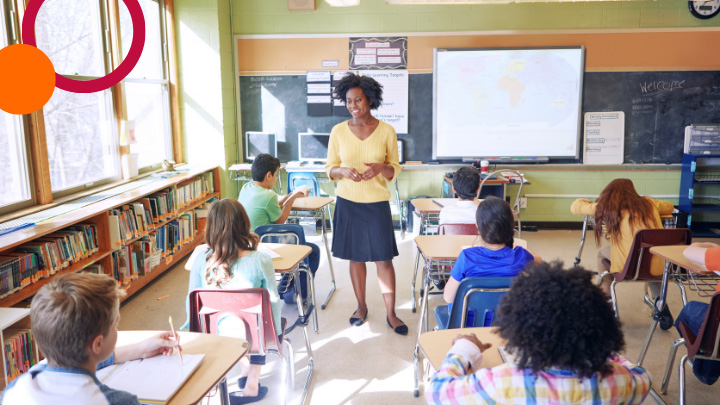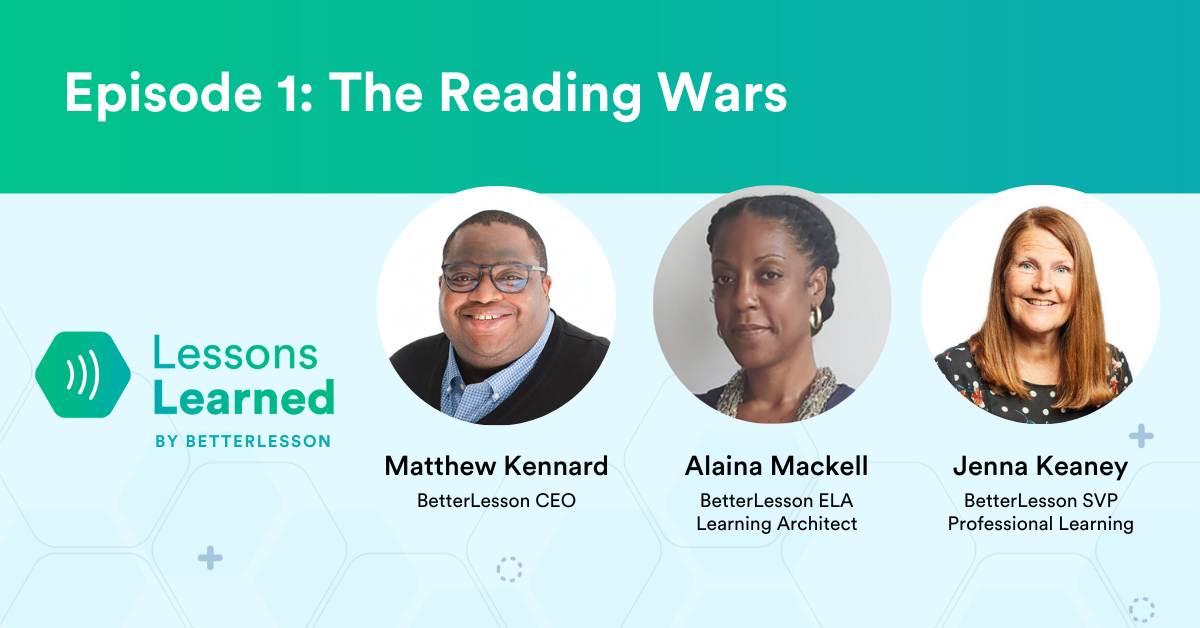Across the country, we have a deep literacy problem: According to the National Assessment of Educational Progress (NAEP), in 2019 only 35% of 4th graders and 34% of 8th graders performed at or above proficiency in reading, and 31 states saw declines in grade 8 reading scores compared to 2017. As school leaders and teachers wrestle with how to help students achieve reading success, it is essential that they do so in culturally responsive ways, specific to the unique needs of secondary students. This requires literacy instruction across all content areas that honors students’ identities, ages, backgrounds, and unique goals.
Throughout my time as a literacy specialist, I have discovered three tenets to taking a culturally responsive approach to secondary literacy instruction: helping students to see themselves represented in the curriculum, personalizing reading foundation skills instruction for secondary students, and building culturally responsive literacy into every content area. Below I dive into each tenet to share strategies you can use to implement a culturally responsive approach in your classroom.
1. Help Students See Themselves Represented in the Curriculum
For any literacy instruction to be effective, students must see themselves represented in the curriculum. If we do not honor students’ full identities and help them feel d empowered in our classrooms, then any attempt at combating the bleak reading proficiency statistics will fall short. Teachers must work to create an inclusive learning environment for all students by examining what their classroom looks like, whose voices are valued, and how assessment and instructional practices promote equity. In both reading intervention classes and general content area classes, teachers must work to help students feel valued if they aim to support them as readers.
2. Personalize How You Teach Reading Foundation Skills to Secondary Students
We must recognize that teaching secondary students the foundations of reading is fundamentally different than teaching elementary school students. First, we have less time—four years at most—for a huge catch-up task; fewer if the student is at risk of dropping out. Further, we cannot rely on the same texts or instructional methods that may work for elementary school students. What 18-year-old is going to want to read about Clifford the Big Red Dog?
To respond to these unique challenges, we must build in ways for secondary students to take ownership of their own learning and have a voice in their own reading progress. Any successful reading instruction for secondary students must be built upon the principles that our students are smart, sense-making individuals who are fully capable young adults. This can look like actively involving students in the creation of their own reading goals or giving students agency in tracking their progress toward these goals. These goals must be linked to their real-world goals, whether that is going to college or entering the workforce. Strategies like Goal Setting and Reflection, Progress and Mastery Tracking, and Choice Boards can all help students to take active ownership over their reading progress.
3. Build Culturally Responsive Literacy into Every Content Area
We must commit to a culturally responsive approach to literacy instruction in all content areas. We know that many of our struggling readers are often students of color, come from low-income backgrounds, are English language learners, or are students with learning disabilities. To help bridge the gap in reading instruction, it will never be sufficient to hope that a reading intervention or remedial class will be enough. Instead, all teachers across all content areas must commit to literacy instruction. This looks like:
- Providing access to complex, rich texts in all content areas where students can see themselves represented in the topics, authors, and characters. Sites like Newsela make this easy to do!
- A commitment to a knowledge-based curriculum to help students acquire the background knowledge they need to fully comprehend complex texts. Natalie Wexler argues in The Knowledge Gap: The Hidden Cause of America’s Broken Education System–and How to Fix It that if we truly want to support our most struggling readers, we must move away from a skills-only approach to reading and instead, help students become strong readers by helping them acquire knowledge.
- Scaffolding instruction to ensure that all students can access rigorous texts. Word Walls, active-annotation strategies, and language dives (available with a BetterLesson account) can help students at any reading level, in any content area achieve success.
As educators, we all care deeply about helping students improve in their reading. We know intuitively that reading is the building block for all learning and that students must become proficient readers to be strong, successful students. Yet, doing this at the secondary level requires thoughtful instruction that honors secondary students’ identities. Reading interventions must recognize the inherent differences in working with older students and there must be a whole-school commitment to literacy instruction across all content areas. And most importantly, literacy instruction must aim to honor students’ identities and work to make students feel valued and heard in the classroom.








